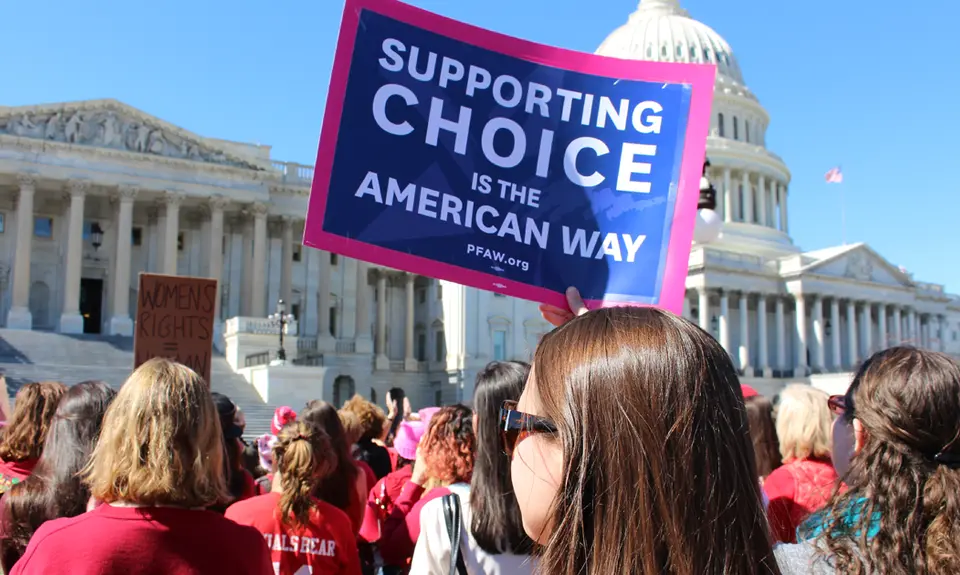Trump District judge James Hendrix issued a preliminary injunction that blocked implementation in Texas of guidance from the Department of Health and Human Services (HHS) on abortion care. The guidance states that all hospitals should provide emergency access to abortion care to all patients who need it pursuant to federal law. As the White House has stated, the court’s decision is “wrong” and “women may die as a result.” The August 2022 decision was in Texas v Becerra.
What led to Trump judge Hendrix’s injunction?
As part of its efforts to counteract the Supreme Court’s Dobbs decision overturning Roe v Wade, the Biden Administration issued guidance in July concerning access to abortion care as part of emergency care. In 1986, Congress enacted the Emergency Medical Treatment and Active Labor Act (EMTALA). The law requires that all hospitals that accept Medicare must provide appropriate treatment to patients who are in labor and in emergency situations.
The July guidance makes clear that this treatment includes abortion care when appropriate, even when state law prohibits abortions. The American College of Emergency Physicians praised the guidance as a “welcome step” to help doctors and patients.
Texas, however, almost immediately challenged the guidance, claiming that it improperly conflicted with state law banning abortions. Trump judge Hendrix decided the case and strongly supported the state’s position. In a preliminary injunction in August, he blocked the application of the guidance to any hospital or doctor in Texas. He claimed that the guidance goes “well beyond” EMTALA and cannot preempt state law that effectively bans the provision of abortion care, even in emergency situations.
What is the significance of Trump judge Hendrix’s decision and the contradictory ruling in Idaho?
A White House statement quickly made clear the harmful impact of Hendrix’s ruling. The decision allows Texas, the White House explained, to “block medical providers from providing life-saving and health-preserving care.” This applies even to conditions like “severe hemorrhaging or life-threatening hypertension.” In short, the White House concluded, the ruling is “wrong, it’s backwards, and women may die as a result.”
Literally the day after Hendrix’s order, a different federal judge reached the opposite conclusion in another case. Judge B. Lynn Winmill ruled that EMTALA does require hospitals to provide emergency abortion care and that the federal law pre-empts state anti-abortion law. As a result, he issued a preliminary injunction that stops Idaho from enforcing a part of its restrictive abortion law that prohibits emergency abortion care when the mother’s health, but not life, is at stake. Judge Winmill, who was nominated by President Clinton, explained that part of Idaho’s “criminal abortion statute conflicts with a small but important corner of federal legislation.”
As a consequence of the Texas or Idaho case, or both, appeals courts and likely the Supreme Court will be asked to address the issue. In “the coming weeks,” the high Court may well be “asked again to weigh in on abortion” and this time “address how federal standards for emergency care interact with state abortion bans.” The health and lives of countless people may be at stake. This reinforces the need for Congress to act on abortion care and for voters to elect members of Congress who will do so in November.
